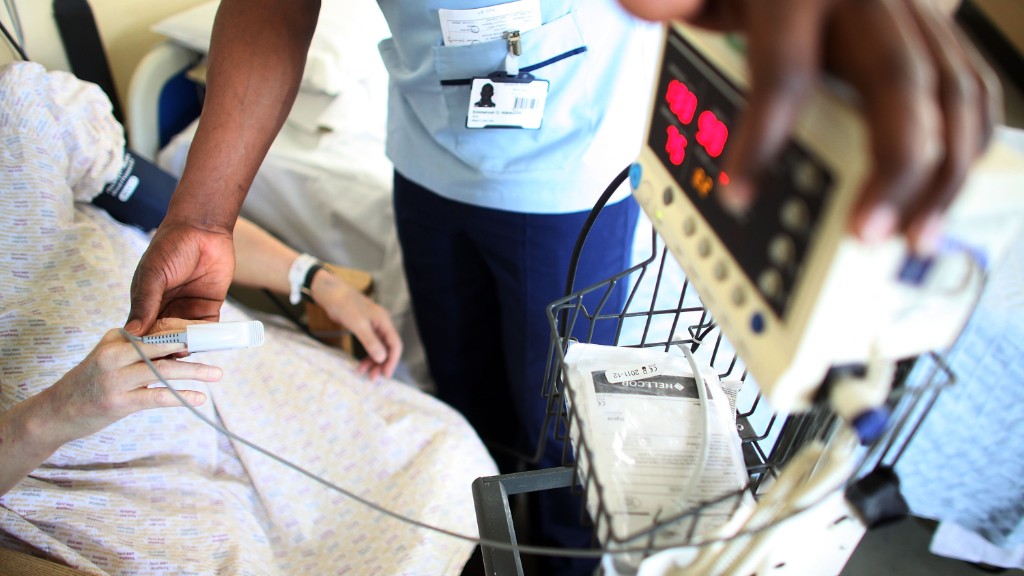
A new study throws cold water on the popular idea that consumers can save themselves and the nation loads of money if they become savvier health care shoppers.
The analysis by the Health Care Cost Institute focused on what consumers paid out of pocket, where comparison shopping can result in lower costs. The study found that less than 7% of total health care spending in 2011 was paid by consumers for "shoppable" services.
"What surprised us was the percent of total spending that [consumers] could affect was really pretty modest," said Amanda Frost, a co-author of the study and a senior researcher at HCCI, a nonprofit research group. "Because these gains are pretty modest, designing systems around expecting consumers to become uber shoppers might not be the best way."
The analysis examined 2011 claims data from three large private insurers, representing roughly a quarter of people under the age of 65 who have employer-sponsored coverage. The researchers defined shoppable services as those that could be scheduled in advance and were among the most used and/or highest priced services. Then, they divided claims into categories such as outpatient/physician services and inpatient facility services, among others.
Related: 5 ways your health insurance will cost more
The study found that 43% of the $524.2 billion in total health care spending in 2011 was spent on services that could be considered shoppable, such as non-emergency hip and knee replacements, colonoscopies, flu shots and blood tests. Consumers' out-of-pocket spending on those services made up $37.7 billion.
Consumers spending total includes deductibles, copayments and coinsurance payments. Since copayments are flat fees — $20 for a doctor visit, for example — they aren't affected by price comparison shopping. A quarter of the money consumers spent out of pocket for shoppable services was on copayments in 2011.
Deductibles and coinsurance, in which consumers pay a percentage of the bill, are highly variable, however, and consumers' best opportunity for shopping savings. The study found that deductibles accounted for nearly half of the dollars spent by consumers on shoppable services, while 27% was tied to coinsurance payments, the vast majority of which were for outpatient/physician services.
Related: Hospitals ask patients to pay upfront
To reduce spending overall, focusing on "consumerism" and giving people tools to compare the price and quality of health care services doesn't give much bang for the buck, said David Newman, the institute's executive director and co-author of the study.
The onus should instead be on employers, insurers, providers and regulators to move the needle, he said.
One promising possibility is reference-based pricing, where employers cap the amount that they'll pay for health care services that vary widely in price, thus encouraging workers to make cost-effective choices.
"Employers and insurers know where the low prices are," Newman said. "When you see somebody who's gone in for back pain and they know is a candidate for back surgery, that's the time to intervene."
Kaiser Health News (KHN) is a national health policy news service. It is an editorially independent program of the Henry J. Kaiser Family Foundation.


